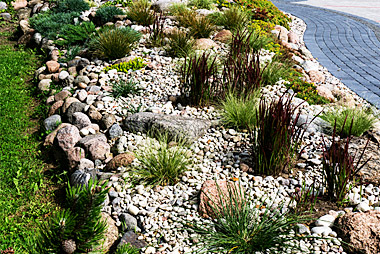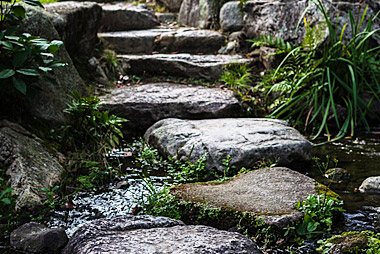Request a Free Estimate 647-500-5263
Customer Portal Login

Three things to consider when planning your rain garden are:
These are a few suggestions. Consider viewing rain gardens in your area or online for ideas.
Plants used in a rain garden need to tolerate both wet and dry conditions due to alternate flooding following storms and drought during periods of low rainfall. Native plants are good choices as they are well suited to local growing conditions as well as supporting wildlife.
Copyright © 2020 All Rights Reserved.
Website By WSI Comandix